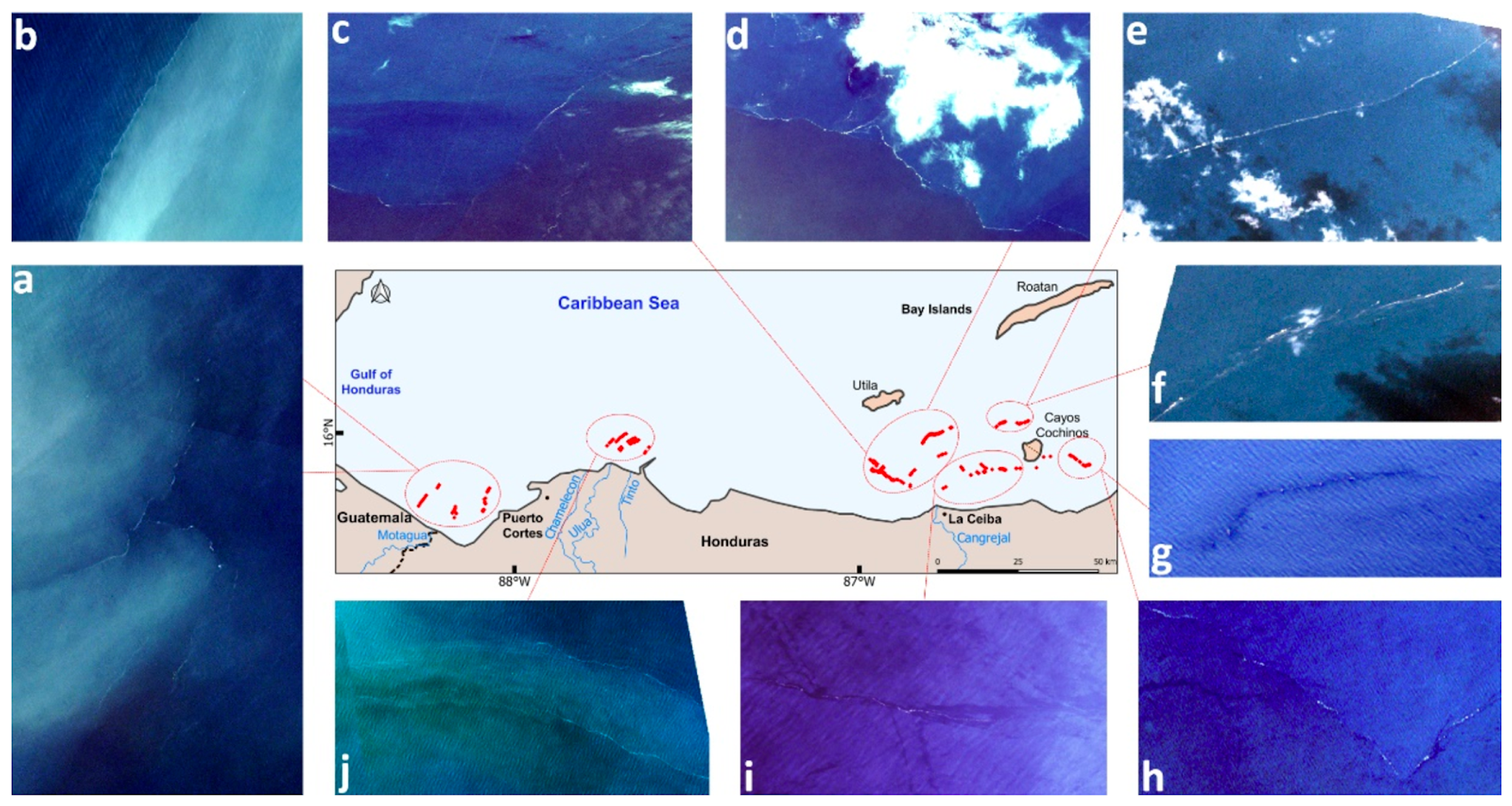Innovative Science Applications Presented at AGU 2020

Kikaki et al. 2020 Remote Sensing, used Planet to track the discharge of plastic debris in the Caribbean Sea.
NewsWe’re always eager to see what researchers have been up to with our data and at this year’s annual fall meeting of the American Geophysical Union (AGU), the world’s largest gathering of geoscientists, we were thrilled to see that nearly 60 Planet-related abstracts were submitted! As the event kicks off today, we wanted to highlight some of the innovative work these teams are doing with Planet’s data that will be showcased at the virtual event that runs from December 1st through December 17th. From NASA-funded researchers to Planet’s Education and Research Program users to our commercial partners, we’re continually inspired by the ways in which users leverage Planet’s satellite imagery to solve their toughest problems. Here are just a few examples of the work submitted:
- Through NASA’s Commercial SmallSat Data Acquisition (CSDA) Program, which provides access to Planet imagery for all NASA-funded researchers, nearly 200 scientists have utilized our data. A handful of these are presenting updates during AGU this year, including a team led by Dr. Manil Maskey at NASA’s Marshall Space Flight Center. This team used Planet imagery combined with other satellite data sources from NASA, the European Space Agency (ESA), and Japan Aerospace Exploration Agency (JAXA) to create a COVID-19 dashboard (check it out, here!) where users can visualize the impacts of the pandemic on the world as observed from space.
- Teams led by Drs. Ute Herzfeld at the University of Colorado Boulder and David Shean at the University of Washington are using Planet’s SkySat imagery to monitor the dynamics of glaciers and changes in the extent and depth of snow cover, respectively.
- The NASA Harvest team is using Planet imagery for a wide array of food security and crop health topics. In particular, work led by Kaitlin Gold utilized deep learning to look at plant disease via remote sensing.
- Additionally, Planet’s Education and Research Program (E&R) provides access to university-affiliated researchers for scientific use, with thousands of users currently active worldwide. At AGU this year, papers being presented by members of our E&R program look at wildfires, the effects of climate change in the Arctic, global farmland monitoring, identifying risk factors for malaria, and vegetation health.
- Researchers at the Massachusetts Institute for Technology, one of Planet’s E&R Campus partners, are working on monitoring COVID-19 responses, along with automated road and building detection.
- Cloud to Street, an organization that works to ensure that all vulnerable communities have the information they need to prepare for and respond to disasters by reducing the scientific barriers to the necessary information, will be presenting at AGU on improvements on high-resolution flood mapping.
You can view the entire scientific program for the AGU Fall Meeting online. Be sure to check out the talks and/or posters mentioned here, and browse the schedule for more amazing science in the works that will help us better understand our ever-evolving Earth.

Ready to Get Started
Connect with a member of our Sales team. We'll help you find the right products and pricing for your needs.

